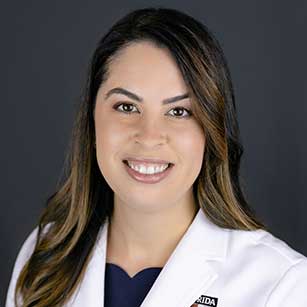Dry Eye Syndrome
What Is Dry Eye?

Dry Eye Syndrome is a common condition that occurs when your tears are not sufficient in keeping the front surface of the eye (cornea) well-lubricated. Your tears aid the cornea’s health and your comfort. Low tear production and unbalanced tear composition can have lasting effects on your vision.
Dry Eye is a common problem for all ages, but it is more prevalent as we age. This happens when your tears are not enough to lubricate the front surface of your eye, also known as the cornea. The cornea needs constant lubrication by tears to stay healthy. Tears comprise three components: an outer layer of oil, a middle layer of water, and an inner layer of mucus. If the eye does not produce enough tears, or if the composition of your tears is not balanced, your eyes will not be properly lubricated. The result may be blurry vision, scratchy, itchy eyes and pain.
How Do I Know If I Have Dry Eye Syndrome?
If you experience any of the following symptoms, you may be showing early signs of dry eye:
- Stinging and itching
- Excess tearing
- Burning sensation
- Decreased or blurry vision
- Inflammation and redness
- Sandy/gritty feeling
- Sensitivity to light
How Do You Treat Dry Eye Syndrome?
Dry eye can be treated in several ways. It is not generally a condition that is cured (depending on the cause), but it can be managed. The most common approach to controlling mild dry eye syndrome is the use of over-the-counter ointments and artificial tears to lubricate the cornea.
Artificial tears only offer temporary symptom relief and do not address the underlying problem, typically inflammation. However, prescription eye drops on the market are designed to decrease inflammation, thereby helping to make tears more efficient in lubricating the eye. This increases the patient’s comfort and also prevents more serious damage from occurring.
Frequently Asked Questions
How Long Does The Initial Consultation Take?
Please allow two hours for your consultation. That time includes diagnostic procedures.






